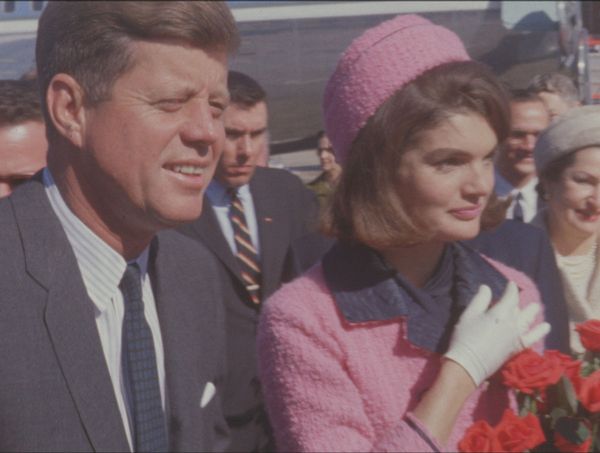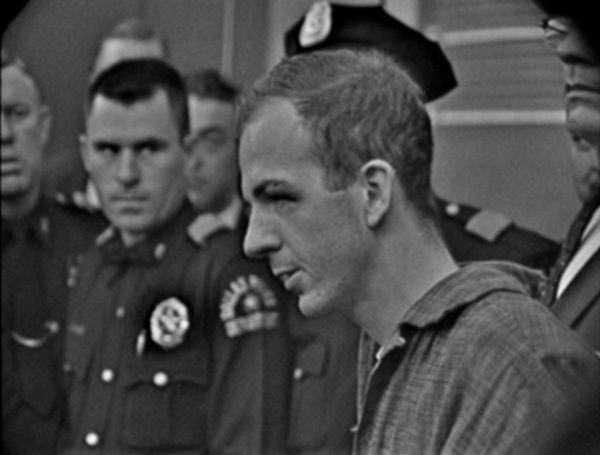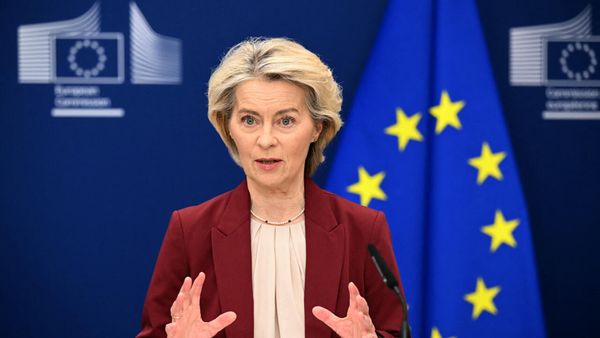
John F. Kennedy’s assassination has fueled a panoramic range of documentaries, features, TV episodes, books, songs and more wild conspiracy theories than one could count. It’s been tinkered into science fiction by the likes of J.J. Abrams and Stephen King; pondered through various angles by Oliver Stone and Don DeLillo; and filtered through alternate realities where heroes like Doctor Who confront the “what if . . . ?” of it all.
National Geographic, which is presenting “JFK: One Day in America,” met the tragedy’ 50th anniversary in 2013 with a docudrama adaptation of Bill O’Reilly’s “Killing Kennedy,” with Rob Lowe playing the iconic leader. In that film Lowe is a handsome actor playing a handsome president whose legend looms large over our politics even now (arguably in the worst way possible).
But – and meaning no offense to Lowe or any other actor who has portrayed any of the main players in the case – the sheer load of fictional interpretations of JFK's fatal shooting evinces how emotionally distanced we’ve gotten from the anguish that gripped the country on Nov. 22, 1963.
Sixty years later all the various cultural obsessions over Kennedy treat the story as inspiration, fading the simple humanity of those involved into shapes on ancient celluloid. The producers of “JFK: One Day in America” restore a share of that lost essence over its three hours.
The Kennedy focus follows the emotional architecture established in NatGeo’s expansive four-night 2021 memorial "9/11: One Day in America,” albeit much more economically; this series’ three parts debuts over one night. This is not for a lack of material; its filmmakers’ partnership with The Sixth Floor Museum at Dealey Plaza availed them of a trove of photos and film, rendered here with modern clarity and often in color.
But one resource that NatGeo's 9/11 project had was a broader wealth of perspectives from many people directly impacted by that day – first responders, survivors and loved ones mourning those lost in the Trade Towers’ collapse or the plane crashes.
The number of witnesses closest to the story when Kennedy was fatally shot has dwindled to a number you can quickly count on your hands. And those people appear to be no less affected by this nightmare six decades after the fact that they must have been that day. The Secret Service agent assigned to protect Jackie Kennedy, 91-year-old Clint Hill, confesses, “I have this sense of guilt. I should have been able to do more than I did. I wasn’t fast enough. I guess I wasn’t faster than a speeding bullet.”
The personal focus of this second “One Day in America” installment, like the first, shortens the expanse of years between now and that calamity through perspectives such as Hill’s or Sid Davis, who was a Westinghouse White House Correspondent riding the press bus with the rest of the motorcade when it happened and soon found himself reporting one of history’s most infamous crimes.
These are intentionally not the Kennedy family’s stories or takes from their intimates, but the people who had enough of a professional closeness to be at hand when the assassination happened. This remove adds to the empathetic power of the piece, in that the affection for the couple has some remove to it and yet, their despair over what they saw so near to them that day is no less sharp and unmuddied by sentimentality.

There’s a sparkle in his voice as he recalls asking a woman colleague whether the color of Jackie’s two-piece suit would be described as pink and being officiously told “Mrs. Kennedy wouldn’t be caught dead in pink.” Davis was advised to describe the color as strawberry or raspberry. He opted for raspberry.
So too do the editors who judiciously colorized portions of the archival footage featured in “JFK: One Day in America,” enlivening those moments in footage from before the assassination and assigning them the appropriate vividness or muted, sepia-laden solemnity in the scenes that follow.
Most of us have probably only seen snippets of these films across various documentaries, mainly from the famous Zapruder reel. Here, series director Ella Wright emphasizes the fright and sorrow of witnesses via footage taken by Dallas locals on the parade route, including a woman who remembers being one car lane-width away from the Kennedys’ car when the President was shot.
Those scenes may or may not feed the earnest speculators who to this day refuse to believe official reports, but this series is decidedly not for those people. Instead, its elegiac pacing and atmosphere convey the ponderousness of the nation’s losses at that moment – of a supposed innocence, as Davis suggests, but also on a macro level, of a trust and faith in the unspoken contract idealists assumed that we had with each other stipulating that we don't take the lives of our elected leaders.
Some of the details Hill, Landis and others share about the string of decisions that led the Kennedys to be riding in a convertible with the top down, unprotected, are known. Others, like Hill’s recollection that Jackie demanded to ride in the back of the hearse with her husband’s body, may also be known by some citizen experts. But Hill's memory is staggering in its starkness: “There we were in the back of that hearse, Mrs. Kennedy and me,” he says quietly. “It was a lonely crowd.”
The second and third episodes, “Manhunt” and “Revenge,” split the focus between the hunt and arrest of Lee Harvey Oswald and, eventually, the puzzle assembly providing a fuller portrait of his life using press footage and interviews. Through this parallel road, we’re reminded that Oswald killed two people that day, gunning down Dallas policeman J.D. Tippit less than an hour after he shot Kennedy.

If you’re among those who have pored over the many documentaries, news features and dramatizations that revolve around Kennedy’s slaughter, you may have heard from some these people before. But that doesn’t make this efficient treatment less necessary or relevant especially when on factors in the stylistic grace notes Wright uses to bring us nearer to these witnesses than perhaps anyone has done, at least recently.
Often frames show them still and at rest as audio of their voice plays, urging us to notice how, even in that state, they are distraught by what Hill says is “a movie running through my brain.” This is the rare production that enables us to psychologically travel into that memory and feel something that isn’t unduly manipulated, to feel genuinely present for once in this history instead of taking it in as a spectacle.
All three episodes of "JFK: One Day in America” premiere at 8 p.m. Sunday, Nov. 5 and stream on Disney+ and Hulu starting on Monday, Nov. 6.







